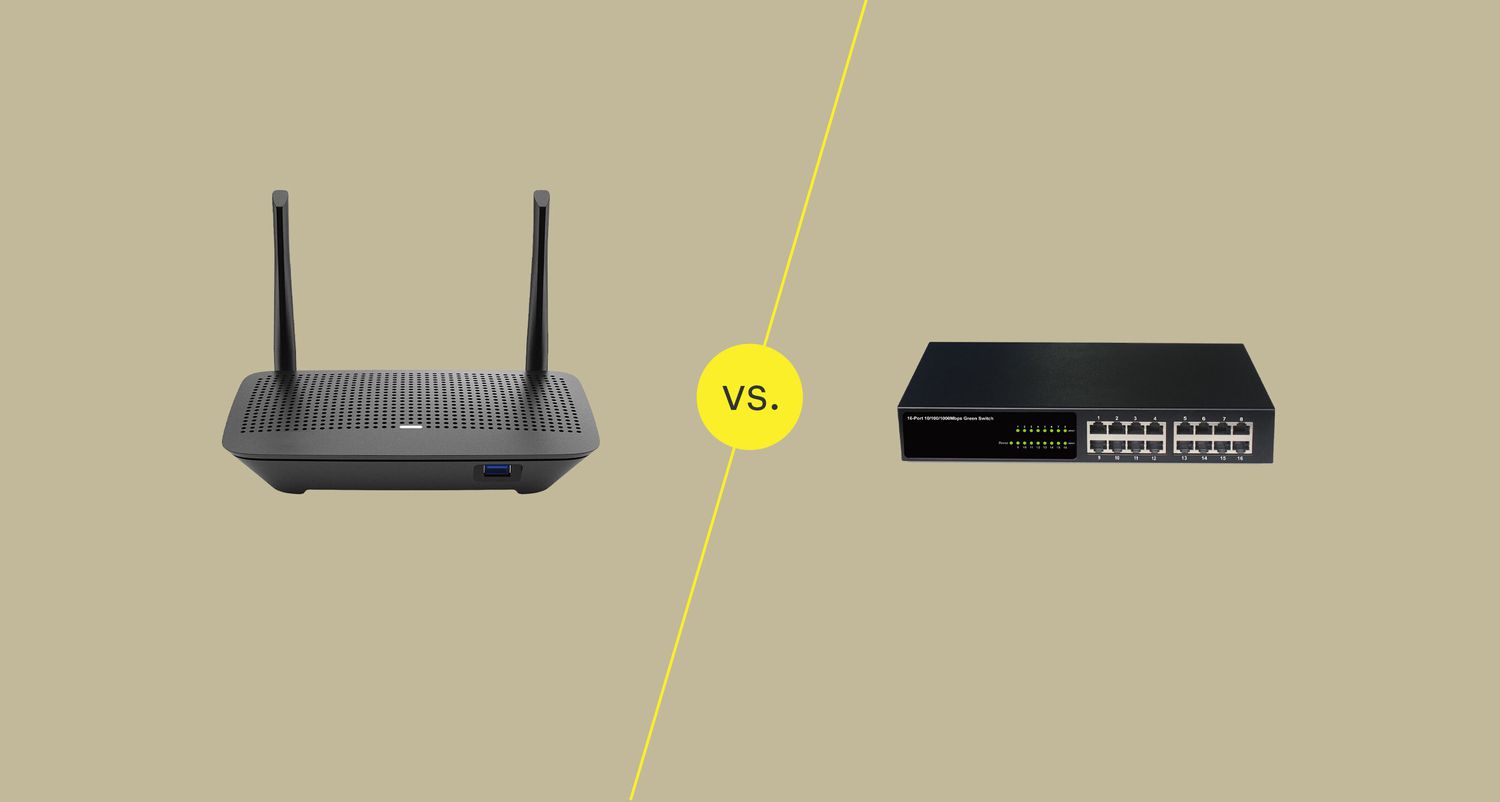
In the realm of networking, routers and switches serve as fundamental building blocks for establishing connectivity and facilitating data transfer within networks. While both devices play crucial roles in network infrastructure, they serve distinct purposes and possess unique functionalities. In this comprehensive guide, we’ll delve into the differences between routers and switches, their respective use cases, and how they complement each other to create robust network environments.
Understanding Routers
- Functionality: Routers serve as gateways between different networks, directing data packets between devices on separate networks.
- Routing Decisions: Routers make intelligent routing decisions based on network addresses (IP addresses) to determine the most efficient path for data transmission.
- Network Address Translation (NAT): Routers perform NAT to translate private IP addresses within a local network to a single public IP address for communication with external networks (e.g., the internet).
- Security: Routers often include firewall capabilities to protect against unauthorized access and control traffic flow between networks.
Understanding Switches
- Functionality: Switches facilitate communication between devices within the same network by creating a network infrastructure where devices can communicate directly with each other.
- MAC Address Learning: Switches learn the MAC addresses of connected devices and use this information to forward data packets only to the intended recipient, reducing network congestion and improving efficiency.
- Broadcast Domain: Switches create separate broadcast domains, limiting the propagation of broadcast traffic to devices within the same network segment.
- Scalability: Switches can be interconnected to create larger network structures, allowing for scalable network expansion and accommodating growing numbers of connected devices.
Differences and Use Cases
- Routing vs Switching: Routers operate at the network layer (Layer 3) of the OSI model and make routing decisions based on IP addresses, whereas switches operate at the data link layer (Layer 2) and forward traffic based on MAC addresses.
- Inter-Network vs Intra-Network Communication: Routers facilitate communication between different networks (inter-network communication), while switches facilitate communication within the same network (intra-network communication).
- Network Segmentation: Routers create separate network segments, enforcing network boundaries and providing security through network isolation. Switches, on the other hand, segment networks into smaller broadcast domains to optimize network performance and reduce broadcast traffic.
- Internet Connectivity: Routers provide access to the internet by connecting local networks to external networks, whereas switches facilitate internal network communication without direct access to external networks.
Here is the List of Router and Switches:
– j9006 Router
– gs728tx-100nes Switch
– rt-ac66u Router
– jh148a Switch
Complementary Roles
While routers and switches serve distinct purposes, they often work together within network infrastructures to optimize performance and facilitate seamless connectivity. In typical network setups, routers connect multiple networks together, while switches connect devices within each network segment. This combination of routing and switching enables efficient data transfer both within local networks and between external networks, creating a robust and interconnected network environment.
In conclusion, routers and switches are fundamental networking devices that play critical roles in establishing connectivity and facilitating data transfer within networks. Understanding the differences between routers and switches, as well as their respective use cases, is essential for designing and managing network infrastructures effectively. By leveraging the unique functionalities of routers and switches and integrating them strategically within network architectures, organizations can create scalable, secure, and high-performance networks capable of meeting the demands of modern connectivity.





